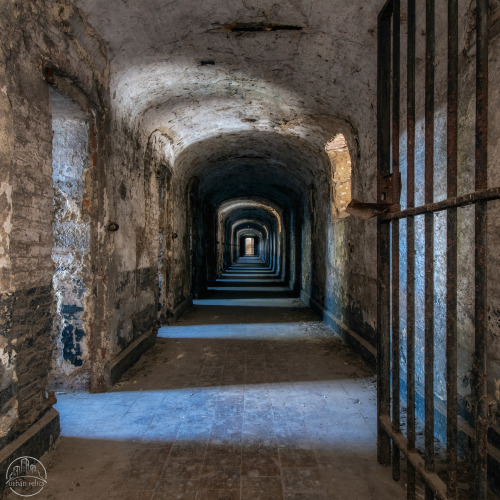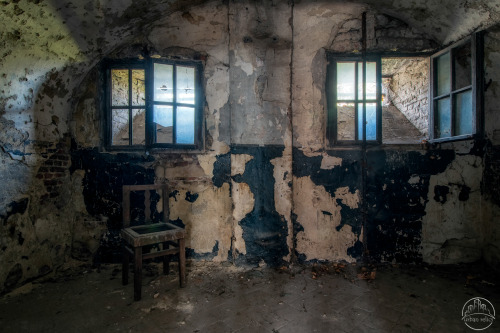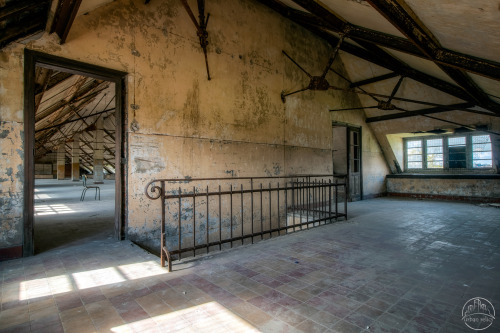CORRECTION HOUSEThe penitentiary was built between 1776 and 1779 in a sober, classicist style and ac
CORRECTION HOUSEThe penitentiary was built between 1776 and 1779 in a sober, classicist style and accommodated approximately 270 prisoners. The assignment, which took the form of a competition, was issued by the Austrian Empress Maria Theresa. It was the then court architect Benoit Dewez who was awarded the commission. He designed the new prison after the model of the “modern” prison in Ghent. It had to be a building where the necessary emphasis was placed on “health” (hygiene and ventilation). However, Dewez failed to achieve the intended purpose and became the object of sharp criticism and even accusations of fraud, which ultimately cost him his position as court architect…The complex had an eventful history, in which it was not only used as a prison. It also served as a hospital and shelter for the homeless. Today the prison complex is owned by the city of Vilvoorde. Large parts of it have since been demolished, while other parts have been renovated and repurposed. This wing, the east wing, is all that remains of the old prison complex. There are plans to house a museum dedicated to the former penitentiary. -- source link
Tumblr Blog : urbanrelicsphotography.tumblr.com
#urban exploration#urban explorers#urbanexploration#urbanexplorers#urbanexploringphotography#military#prison#penitentiary#urbexphotography#urbexworld#urbex photography#urbexpeople#abandoned#abandoned places#abandonedaddiction#abandophiles#derelict#photography#photooftheday#urban relics#belgium









